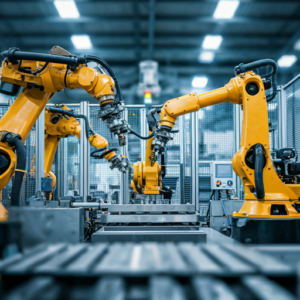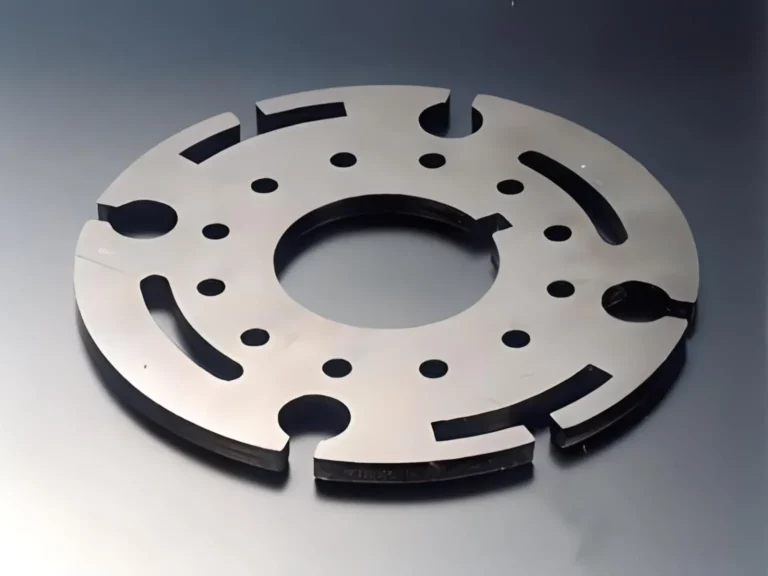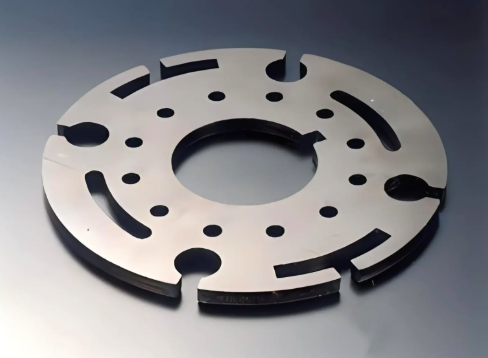RECENT POSTS
Share:
- November 5, 2024
Table of Contents
Peripheral equipment is an essential component in various industries, enhancing both functionality and efficiency in operations. These devices—ranging from simple tools to complex machinery—support the primary equipment used in production or manufacturing. In settings like SMT (surface-mount technology) manufacturing, peripheral equipment often includes tools and parts that streamline processes, improve precision, and facilitate automation. This article will explore the many benefits of peripheral equipment in industrial and manufacturing environments.

What is Peripheral Equipment?
Peripheral equipment refers to devices or tools that supplement main machinery or systems. While they aren’t always essential to the core operation, they play a significant role in improving productivity and accuracy. Examples of peripheral equipment in manufacturing include conveyors, feeders, and inspection systems. These tools aid in various tasks, such as handling materials, monitoring quality, or ensuring safety.
From a technical perspective, peripheral equipment is usually specific to the system it complements. For example, in an SMT line, feeders and loaders work seamlessly with pick-and-place machines, enhancing the speed and accuracy of component placement. In other manufacturing contexts, peripheral equipment may include testing or calibration tools that maintain the functionality and precision of primary machines.
Enhancing Efficiency and Productivity
One of the core benefits of using peripheral equipment is the boost in efficiency and productivity it offers. By automating tasks that would otherwise require manual input, peripheral equipment helps reduce human error and speeds up the overall production process. For instance, in automated assembly lines, conveyors and feeders maintain a continuous flow of materials, allowing primary machines to work without interruption. This uninterrupted workflow can lead to significant gains in output, enabling companies to meet demand more effectively.
In addition, peripheral equipment such as automated inspection systems can handle repetitive quality checks much faster than human workers, ensuring consistency while allowing the workforce to focus on more complex tasks. With more efficient processes, businesses can often see improved profit margins and better resource allocation.
Improving Quality and Precision
Precision is a critical requirement in manufacturing, and peripheral equipment plays a pivotal role in meeting this standard. For example, equipment used in quality control, such as sensors and inspection tools, helps detect flaws early in the process, minimizing the chance of defective products reaching the market. In SMT manufacturing, for example, peripheral equipment like solder paste inspection (SPI) or automated optical inspection (AOI) systems can identify errors in component placement, solder quality, or alignment. By catching these issues early, peripheral equipment helps ensure that products meet the required quality standards.
The accuracy provided by peripheral equipment is especially valuable in industries where high tolerances are essential, such as electronics or automotive manufacturing. By improving quality and reducing defect rates, peripheral equipment not only saves costs associated with rework and scrap but also helps maintain brand reputation by ensuring reliable products.
Supporting Flexibility and Adaptability
In today’s fast-evolving manufacturing landscape, adaptability is key to staying competitive. Peripheral equipment provides the flexibility needed to accommodate different production needs. Modular conveyor systems, for instance, can be adjusted to handle a variety of materials and component sizes. This flexibility allows manufacturers to switch between product types more easily, helping them respond quickly to changing market demands or customer requirements.
In addition, peripheral equipment like software-driven inspection systems can be programmed to analyze different metrics or standards. This adaptability makes it easier for manufacturers to implement new quality control protocols without extensive equipment changes, which can be both costly and time-consuming.
Reducing Downtime and Maintenance Costs
Maintenance is an unavoidable aspect of manufacturing, and downtime can be costly. Peripheral equipment contributes to better maintenance management by facilitating predictive maintenance and reducing unexpected breakdowns. Equipment such as diagnostic tools or sensors can monitor the status of primary machinery and provide alerts when certain components need servicing. This predictive capability helps manufacturers prevent costly downtime by addressing potential issues before they become serious problems.
Additionally, peripheral equipment is often modular, allowing for easy replacement or repair of individual components. This modularity further reduces maintenance costs by limiting the need for comprehensive repairs or complete system overhauls.
Supporting Safety and Ergonomics
The importance of safety in manufacturing environments cannot be overstated. Peripheral equipment often includes safety features that protect both the equipment and the operators. For example, protective enclosures or ergonomic loading systems minimize the risk of injury during heavy lifting or repetitive tasks. This emphasis on safety benefits the workforce and reduces the likelihood of costly workplace accidents.
In conclusion, peripheral equipment offers a range of benefits that enhance productivity, quality, flexibility, and safety in manufacturing environments. By automating tasks, supporting predictive maintenance, and offering adaptability, peripheral equipment serves as an invaluable asset to any production line.
0


